Popular Lacrosse Heads
See more Popular Lacrosse Heads
Maverik Tactik 3.0
54 Available

STX Stallion 1K
61 Available
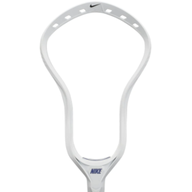
Nike L3
40 Available
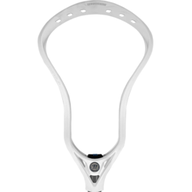
Warrior Evo Qx-O
76 Available

Maverik Optik 3.0
96 Available

ECD Lacrosse Ion
182 Available
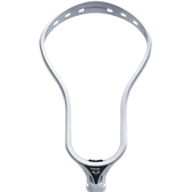
ECD Lacrosse DNA 2.0
42 Available

STX Surgeon 1K
53 Available

ECD Lacrosse Mirage 2.0
106 Available
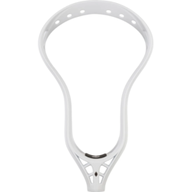
StringKing Mark 2V
85 Available
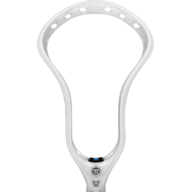
Warrior EVO QX2-O
28 Available
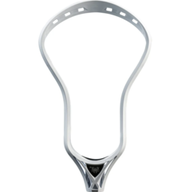
ECD Lacrosse Rebel
83 Available

Maverik Kinetik 2.0
87 Available
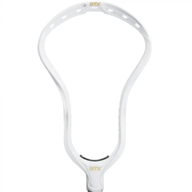
STX Stallion 900
54 Available
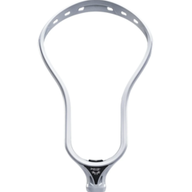
ECD Lacrosse DNA
43 Available

STX Hyper Power
16 Available
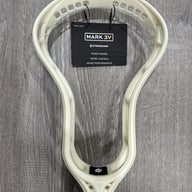
StringKing Mark 3v
36 Available

Maverik Tactik 2.0
87 Available
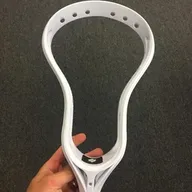
StringKing Legend Intermediate
16 Available

Maverik Kinetik 3.0
50 Available

STX Ultra Power
35 Available
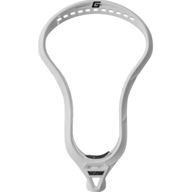
Gait Mustang
21 Available

Warrior Evo 5
34 Available

STX Surgeon 900
41 Available

StringKing Mark 2A
71 Available

Gait GC3
25 Available
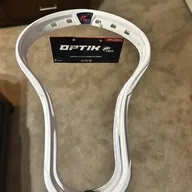
Maverik Optik Force
37 Available
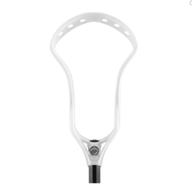
Maverik Kinetik
67 Available

Under Armour Command
71 Available

Maverik Optik 2.0
33 Available

Maverik Optik
36 Available

True Hzrdus
27 Available

Maverik Centrik
17 Available

STX Stallion 700
44 Available

STX Stallion
37 Available
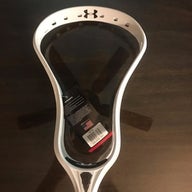
Under Armour Command Low
38 Available

Warrior Burn 2
16 Available

Nike Lakota
26 Available
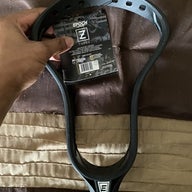
Epoch Z-Three
21 Available
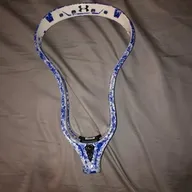
Under Armour Command 2
43 Available
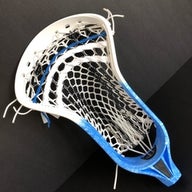
Epoch Z-ONE
39 Available

Nike Lakota U
20 Available
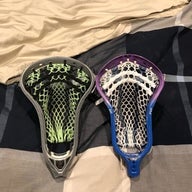
STX Surgeon 700
24 Available

STX Proton Power
23 Available

STX Super Power
30 Available

Warrior Burn
27 Available
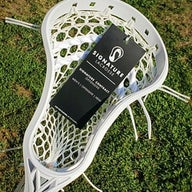
Signature Contract Offense
20 Available
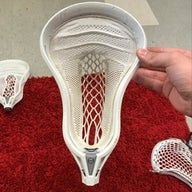
Warrior Evo Warp Pro
31 Available

Other Generic
27 Available

STX AV8
22 Available
Shop by Brand
STXMaverikECD LacrosseWarriorNikeBrineEpochGaitTrueAdrenalineHEADdeBeerAdidasHarrowReebokEastonCascadeTribe7
2,178 Results
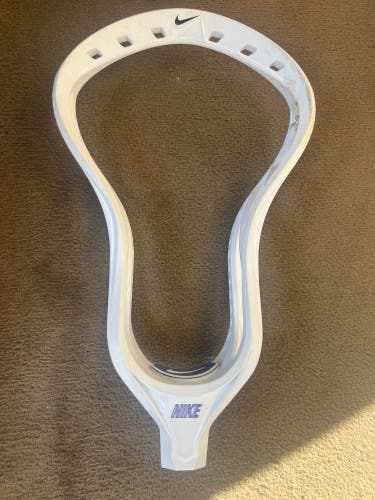
laxhack315
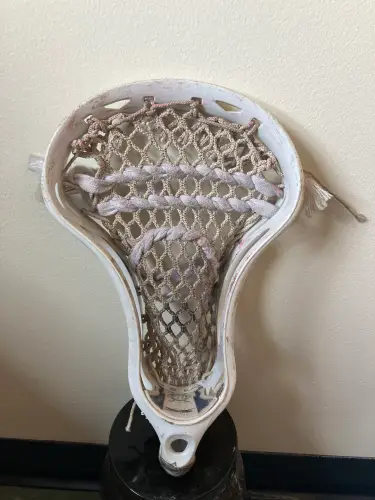
Laxer89533

Laxxmann7

soratty
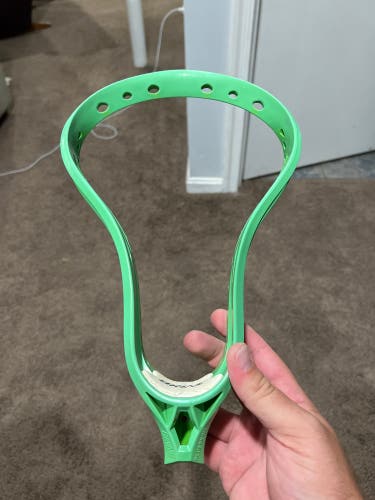
CEbert08
Brine Blueprint Head
$24$2710%


finn23

TU30
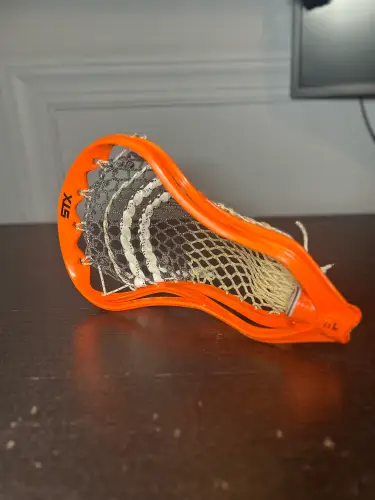
Brodess09

Benaround

Mirsy41
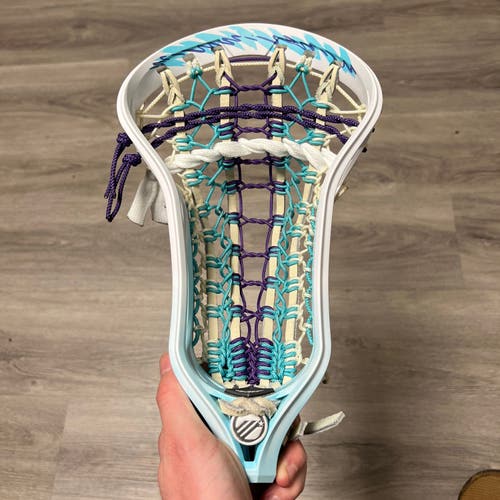
laxoutlet
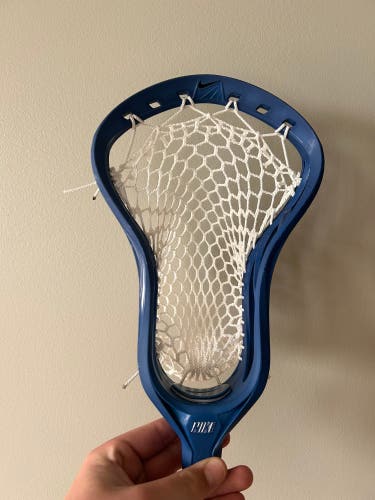
PAYTONSICK
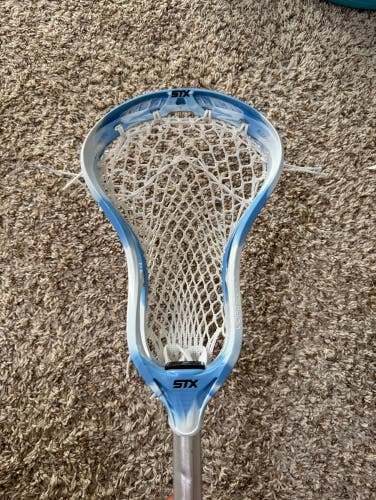
OkieLax

Jlinketter11
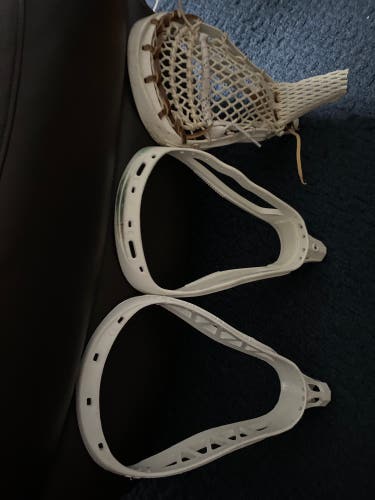
Lempran

ClassicLax

SeanKennedy9

colebollin

Mirsy41

Benaround

Benaround
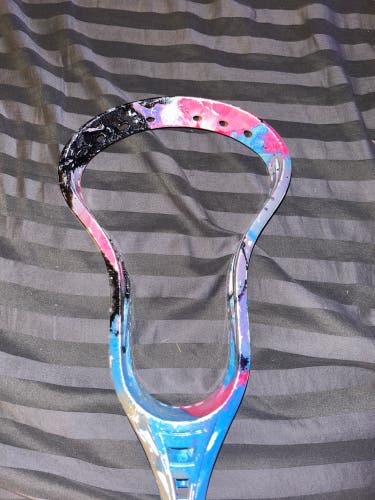
Beckettf12
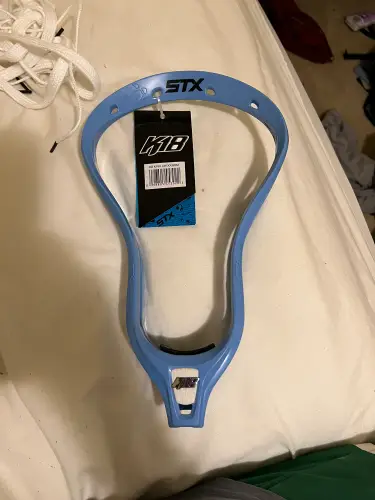
lacrosseman63
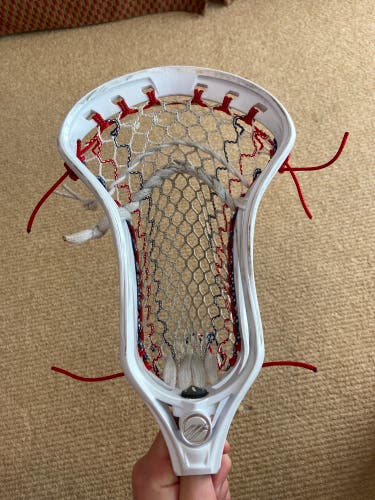
wsherm

PapabearReyda

mitchm7
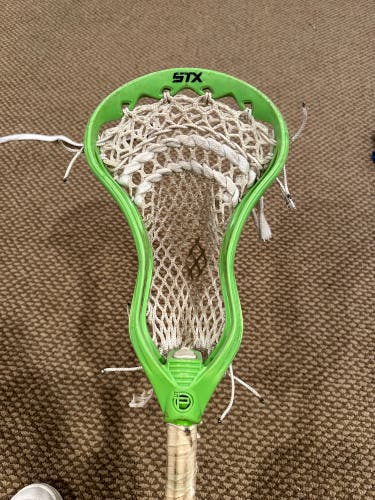
MP11
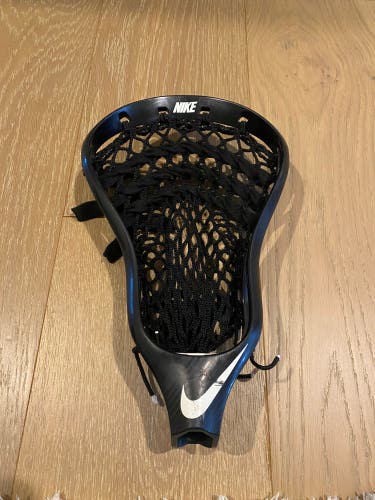
Sk14

ryan_014
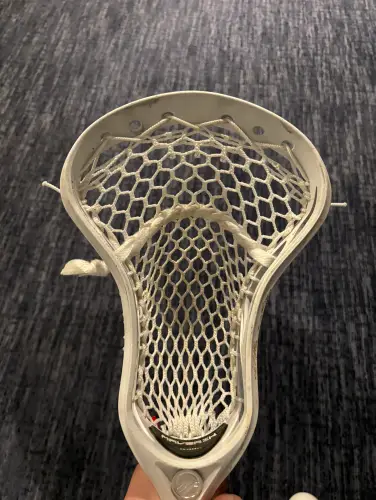
iSellSports
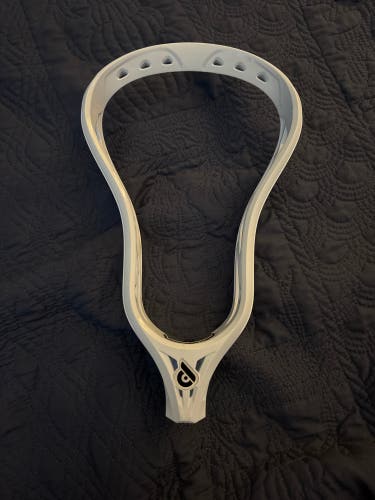
Laxplayer35

Bigred2933